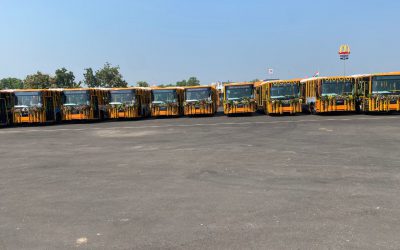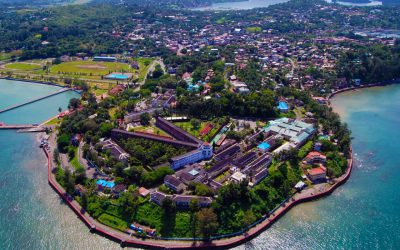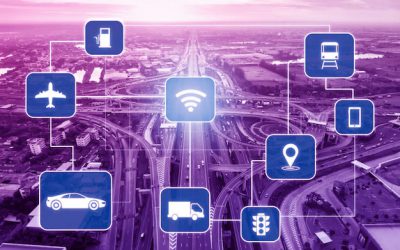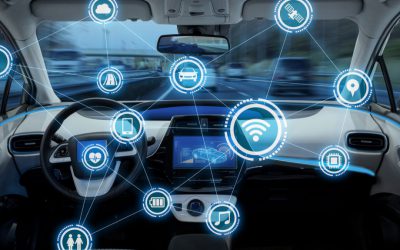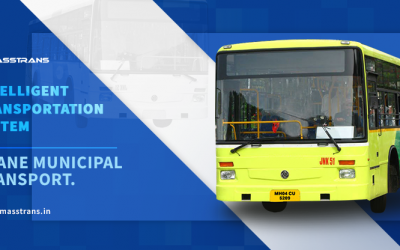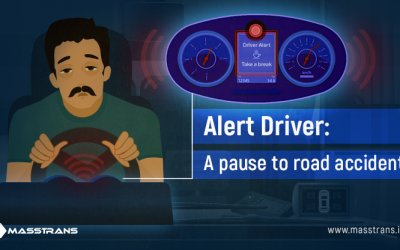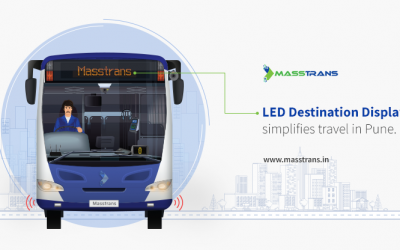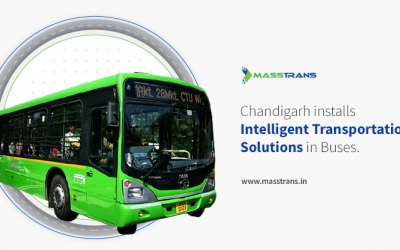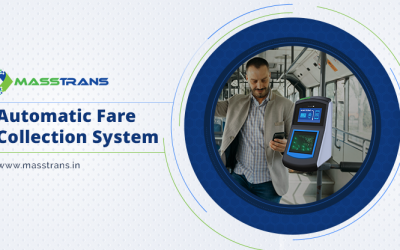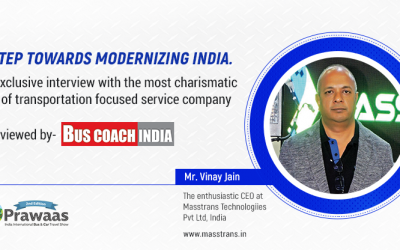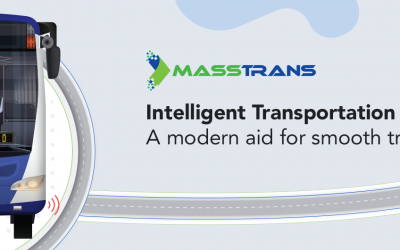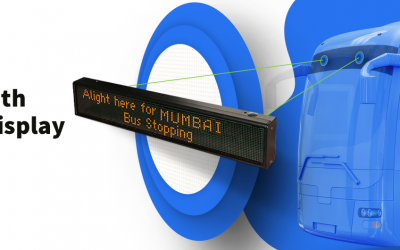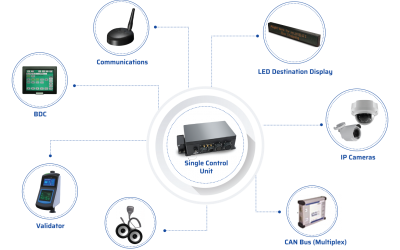Enhancing Tourism: Masstrans' Intelligent Transport Management Solutions and Passenger Information Systems in JBM Electric Buses at the Statue of UnityIntroduction: The Statue of Unity, a symbol of unity and pride in India, attracts tourists from across the globe. On...
Intelligent Transportation System
Masstrans Technologiies Provides Smart Transport Management System for Port Blair Smart City Project
Introduction: Port Blair Smart City, the capital of Andaman & Nicobar Islands, is a hub for tourists, and therefore it requires efficient transport services. The Port Blair Smart Projects Limited (PBSPL) was formed in 2017 to implement smart city projects in the...
Intelligent Transportation System best ways to road safety 2022
Intelligent Transportation System (ITS) in IndiaIntroductionWhen it comes to surface transportation, roads are the core piece of infrastructure, supporting the movement of people and logistics by interconnecting cities, villages, towns, airports, and states. A...
Smart VTS – Vehicle Tracking System for Mass Transportation 2023
Smart VTS Response to the COVID-19 pandemic and the recovery path is necessitating a “new normal” mandating improvement of mass transport governance and the implementation of innovative solutions to bring in increased safety and efficiency for passenger-friendly,...
Intelligent Transportation System for Thane Municipal Transport
Thane Municipal Transport Earlier this fortnight, Intelligent Transportation System saw a surge of demand throughout the Indian Transportation market. Thane Municipal Transport received an order of 50 buses from Ashok Leyland, they, in turn, equipped their buses with...
Alert Driver A pause to road accidents
Driver alert systemThe notion that the majority of road accidents occur due to weather conditions, due to others' fault and due to malfunction of the vehicles is untrue. As per PRS Legislative Research, drivers are held responsible for 78% of road accidents. These...
LED bus destination display system simplifies travel in Pune.
The year 2018 saw Pune getting geared up to support safe travelling. PMPML turned to Masstrans to seek help for their project. LED Destination Display is what they have started with. The LED bus destination display board puts an end to the passenger's confusion about...
Chandigarh installs Intelligent Transportation Solutions in buses
The Chandigarh Transport Undertaking took steps towards making transportation safe and convenient for the passengers. The same initiative has been taken seriously by most urban cities in India. While road accidents have gone up, we need to make efforts to bring down...
Automatic Fare Collection : Queue no more
India is on an all-around mission of turning its cities into smart cities, thus the number of smart products used in the near future will be far more accurate than the ones we already have. A growing population is increasing the pressure on the Indian transportation...
An exclusive interview
An exclusive interview with the most charismatic CEO of transportation focused service companyMasstrans is a sum total of safety and security solution for urban areas hit with congestion and growing traffic turmoil. We come forward with solutions that help keep cities...
Intelligent Transportation Solutions – A modern aid for smooth transport
Consider our future full of fancy gadgets and the old transportation system, would this future be productive? This odd combination can be changed if actions are taken sooner to modernize the Indian transportation system. Safe, smooth and convenient travel to work or...
Carefree travel with LED destination display
Travelling to work or school via buses and trains is inevitable these days. The transportation system is expected to lay out a clear plan of the journey before it starts. This way, passengers can plan their journey easily and drivers or fleet operators can have a...
Intelligent Transportation System The future of Indian Transport
Indian Transport Increasing traffic is one of the most time-consuming problems India is facing right now. As technology is progressing, so is the amount of traffic. An increasing number of vehicles, with infrastructure improvements at a slower rate, has led to chronic...

